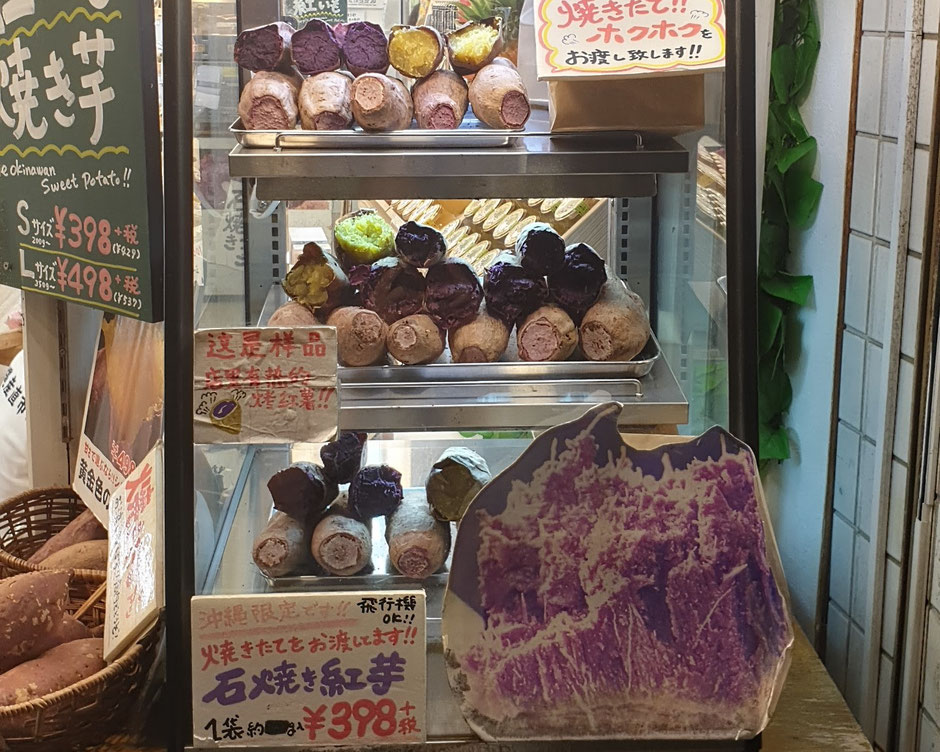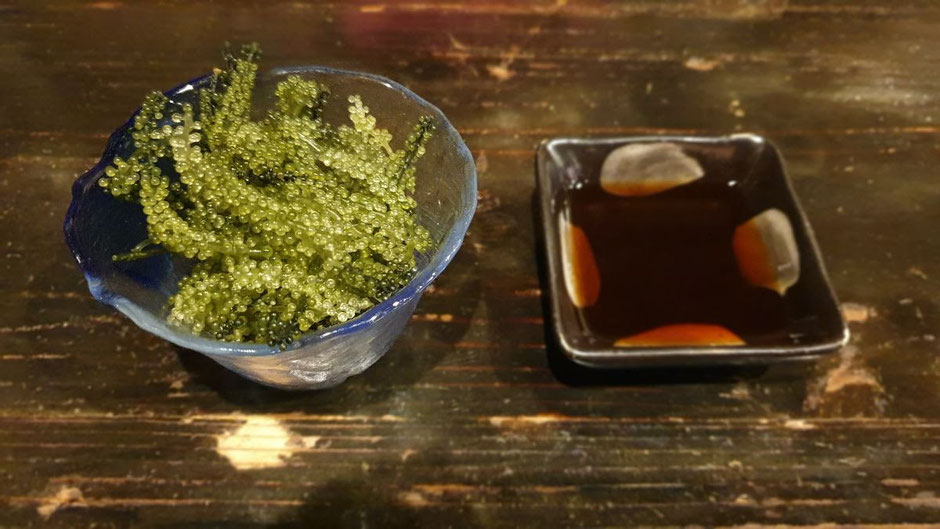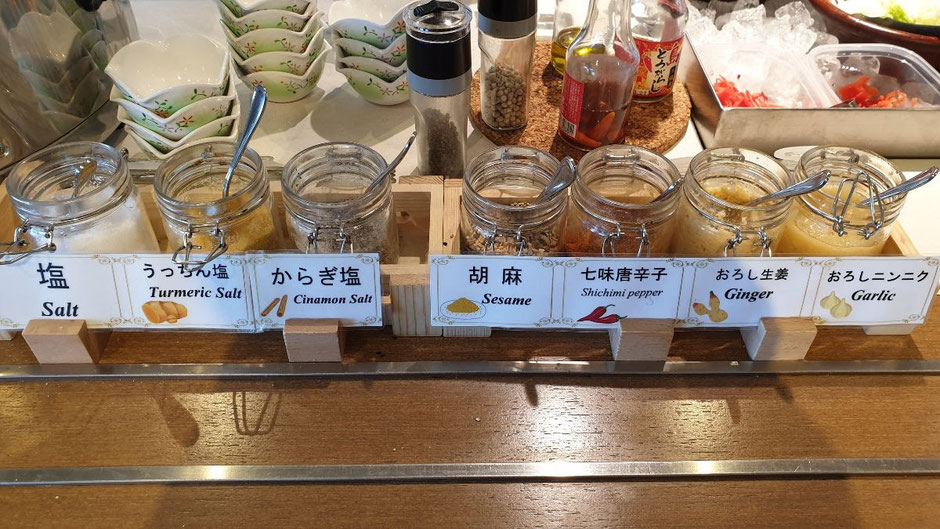I’ve just spent 10 days in one of the Blue Zones, Okinawa, for a Xmas trip with the family which was great. It’s a fascinating place with a lot of contrasts. On one hand, economically speaking, it’s pretty poor, ravaged during WWII and the subsequent years were hard on the locals. Almost every building on the island seems to be very functionally designed and built post war and up until the 1980s where virtually nothing’s been built since the Japanese financial crisis started in ’89 - possibly an advert for not bailing out over-leveraged banks by printing money but that’s another issue! And then on the other hand they have a rich history of health, happiness and longevity being one of the major regions that make up the Blue Zones where people are famous for living long and disease free, at least up until recently. So what secrets do the Okinawan's hold that Singaporeans can benefit from? Read on to find out our top 10 tips below.
When the Okinawans were first studied by the West, in early 2000s, it was purported that the Okinawan diet mainly consisted of 67% sweet potatoes, 31% other veggies and 2% meat/fish. However in my experience over the last two weeks I saw very little sweet potatoes consumed and in fact the most common ingredient was pork – in every main meal including snacks. This runs pretty contrary to what what I'd read by Western journalists and I’ve been talking about this on social media this week. In reality it appears that, the answer to what they really consumed lies somewhere in between.

Prior to WWII they did indeed eat a diet high in pork with the main starchy carbohydrate being sweet potatoes (a far superior food to white rice). It was true nose to tail dining with every part of the pig consumed apart from it’s hooves and it’s oink! With most centenarians interviewed around the turn of the century they would have spent the first half of their life eating a high fat and low glycemic diet. Since WWII, however, the region was incredibly impoverished with 100,000 livestock, and much of the agricultural land, destroyed during the fighting between the Japanese and the Americans. Hence the diet did change to a largely starvation based vegetarian diet supplemented with occasional cans of Spam from the US military.

Since then, until present day, Spam has become an important part of the diet, modern commercially farmed pork has been reintroduced along with ice cream, cookies, cakes, wheat based foods, deep fried foods and other cheap, but unhealthy, Western exports to the detriment of their life expectancy.
However, there was still plenty of lessons to be learnt and I’ve identified the top 10 here:
[10] Community
No one is playing on their phones, either at dinner or at the breakfast table in the restaurants, not a single person - they're actually having conversations with each other! This exemplifies the strength of community in their society which is linked to long life.
[9] Seaweed
They eat a lot of seaweed and when combined with pork (which they also eat a lot of) aids digestion, increases absorption and provides complementary nutrients. Seaweed is also just about the only way to get bioavailable DHA on a plant based diet as well.

[8] Desserts
They use unrefined black sugar (chock full of minerals) instead of white sugar (zero minerals or vitamins and a neurotoxin) but actually eat very little of desserts anyhow (common to most of rural Japan). You’ll only see desserts on the menu’s of restaurants frequented by tourists.
[7] Fermented and activated
They eat a lot of activated and/or fermented soy products (like Okinawan tofu, tofuyu, miso and natto).
[6] Processed Food
They eat very little processed food, although sadly this is increasing in the diet due to western influence and poverty.

[5] Dinner Time
They eat dinner very early (5:30pm), and go to bed early, leaving at least 3 hours between the end of the meal and bed - which increases sleep quality and promotes healing rather than digestion whilst asleep. This is also one of the easiest ways to lose weight!
[4] Goya
They eat very bitter, dark green, bitter gourd (goya) with every meal - the most insulin lowering food in the world. High insulin promotes diabetes, cancer and cardiovascular disease and is the antithesis of longevity.
[3] Chilled out
They're very relaxed (40km speed limits on many of the roads) - which feels very slow but the driving is really chilled out, no one is cutting you up, tooting horns, driving aggressively, everyone is willing to let you change lanes. This really exemplifies an unselfish and hence more happy and healthy nature.
[2] Nose to tail dining
They eat every part of the pig apart from it's hooves and it's oink! Pound for pound organ meats are the healthiest food on the planet. Historically Okinawans consumed a lot of high quality locally raised pork and ate nose to tail, alas today the quality is much lower with diminished benefits.
[1] Active
The seniors are mentally and physically active as long as they are able and it's not uncommon to see 90 years olds clambering around castle walls at tourist sites, carrying the shopping home from the market unaided and working, happily (or so it seemed!), in restaurants. In fact it seems that the car parks are always at least 500m away from the tourist sites just to get you to walk that little bit more! They walk a hell of a lot which is insulin lowering, parasympathetic stress free exercise.

In fact the only common denominator between all of the blue zone countries is not actually anything in their diet but their high level of activity - they all walk a hell of a lot! Now we can’t all spend 3 hours walking 20,000 steps a day but we can move more. The more we move, the more we remind ourselves, and our bodies, that we’re alive. And if we are going to move more we might as well do it properly! Just like diet there’s a right and a wrong way to do it which we wrote about here, why corrective exercise and good posture are essential in the modern world.
To your health, happiness and longevity,
The Levitise Team

Write a comment